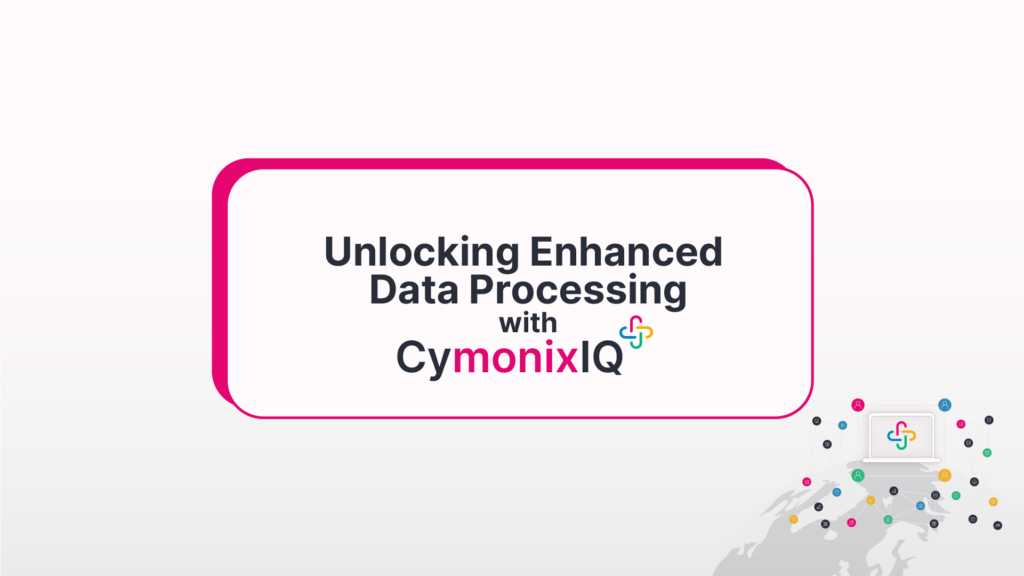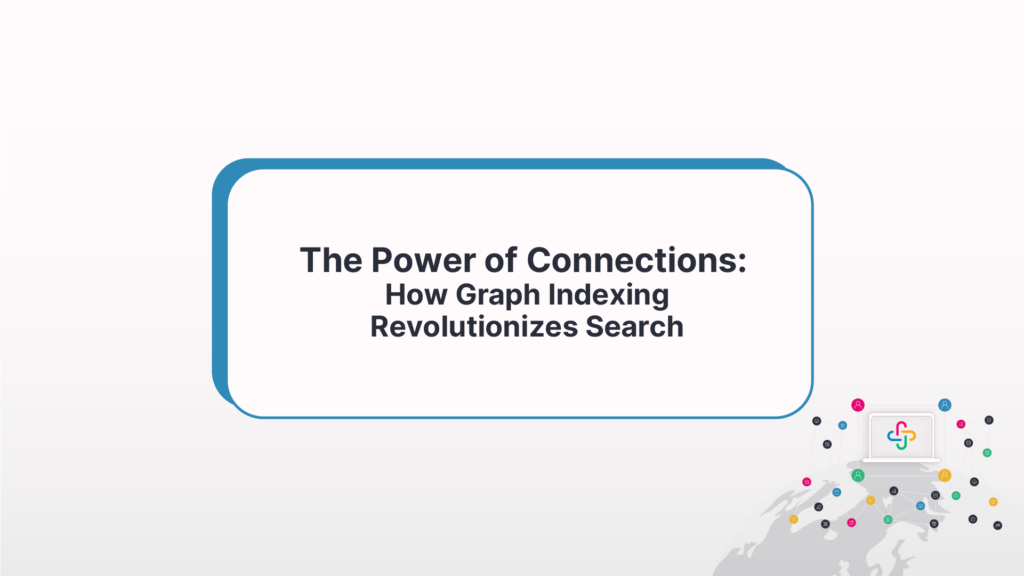Building Trustworthy AI: A Comprehensive Guide for Business Leaders
- Bill Palifka
- March 18, 2024
In the rapidly evolving landscape of artificial intelligence (AI), the reliability and trustworthiness of AI systems are crucial for sustained success. To assist CEOs in navigating this intricate domain, we present key characteristics that define trustworthy AI and delve into their implications for business leaders.
Balancing AI Accuracy and Explainability
The prevailing assumption in the tech industry suggests a tradeoff between accuracy and explainability as algorithms become more understandable. Contrary to this notion, recent research challenges the status quo, asserting that organizations can often employ more-explainable models without compromising accuracy.
Key Insights
1. Accuracy-Explainability Tradeoff Clarification:
- Historically, tech leaders believed that increased algorithm understandability led to decreased accuracy.
- Rigorous testing on nearly 100 datasets revealed that, in 70% of cases, more-explainable models maintained accuracy.
- Opaque models pose risks related to bias, equity, and user trust.
2. Distinguishing Black-Box vs. White-Box Models:
- Black-box models are intricate, utilizing numerous decision trees or parameters, making human comprehension challenging.
- White-box models are simpler, with a few rules or parameters, enhancing interpretability.
3. Research Discoveries:
- Extensive analysis across diverse datasets demonstrated that, in almost 70% of cases, black-box and white-box models exhibited similar accuracy.
- Certain applications, especially those involving multimedia data, might benefit from the advantages of black-box models.
4. Organizational Recommendations:
- Default to white-box models as benchmarks, opting for black-box models only if they significantly outperform white-box alternatives.
- Consider data quality; noisy data may be effectively managed by simpler white-box methods.
- Prioritize transparency, especially in sensitive areas like hiring or legal decisions, even if less-explainable models are slightly more accurate.
- Assess organizational AI readiness, starting with simpler models before advancing to more complex solutions.
- Understand legal requirements; certain domains mandate explainability, making white-box models imperative.
- In cases where black-box models are necessary, develop explainable white-box proxies or enhance transparency to address trust and safety concerns.
Characteristics of Trustworthy AI:
1. Valid & Reliable:
- Accuracy, reliability, and robustness are foundational for trustworthiness.
- Ongoing testing and monitoring validate that AI systems perform as intended.
2. Safe:
- AI systems must not endanger human life, health, property, or the environment under defined conditions.
- Integrating safety considerations early in the lifecycle prevents potential risks.
3. Secure and Resilient:
- Security involves safeguarding against unauthorized access, while resilience ensures functionality under adverse conditions.
- Implementing security protocols and robustness measures is crucial for maintaining trust.
4. Accountable & Transparent:
- Accountability presupposes transparency, providing insights into AI system decisions and operations.
- Transparent systems build confidence and enable users to understand the system’s functionality.
5. Explainable and Interpretable:
- Explainability and interpretability assist users in understanding AI system mechanisms and outputs.
- Facilitate debugging, monitoring, and thorough documentation.
6. Privacy-Enhanced:
- Respecting privacy norms and practices is essential for safeguarding human autonomy and dignity.
- Privacy-enhancing technologies support the design of AI systems that respect individual privacy.
7. Fair with Harmful Bias Managed:
- Addressing harmful bias is integral to fairness in AI, focusing on equality and equity.
- Bias categories include systemic, computational, statistical, and human-cognitive biases.
Strategic Decision-Making:
1. Balancing Characteristics:
- Tradeoffs exist between characteristics, with decisions depending on the AI system’s context.
- CEOs must weigh factors like interpretability versus privacy, accuracy versus fairness, and more.
2. Contextual Awareness:
- Involving subject matter experts and diverse inputs throughout the AI lifecycle enhances contextual awareness.
- Contextually sensitive evaluations and broad stakeholder involvement mitigate risks in social contexts.
Conclusion
- No one-size-fits-all solution to AI implementation.
- Simple, interpretable AI models often perform as well as black-box alternatives without sacrificing user trust or introducing hidden biases.
- Organizations should carefully evaluate the need for complexity in AI models based on data quality, user trust considerations, organizational readiness, and legal requirements.
CymonixIQ+: Elevating Trust with Safe, Secure, Reliable AI In the pursuit of building trustworthy AI, CymonixIQ+ stands at the forefront, ensuring safe, secure, and reliable AI solutions. Through meticulous testing, robust security measures, and a commitment to transparency, CymonixIQ+ contributes to the development of AI systems that businesses can trust. Balancing accuracy and explainability, CymonixIQ+ aligns with the principles of trustworthy AI, making it a strategic partner for organizations seeking dependable AI solutions in today’s dynamic landscape.
Get Exponentially More Secure
Are you ready to elevate your cybersecurity strategy to the next level? To continue learning about our data driven revolution please keep reading our blogs, check out CymonixIQ+ and reach out directly to discuss how we can exponentially accelerate your business’s digital transformation.



